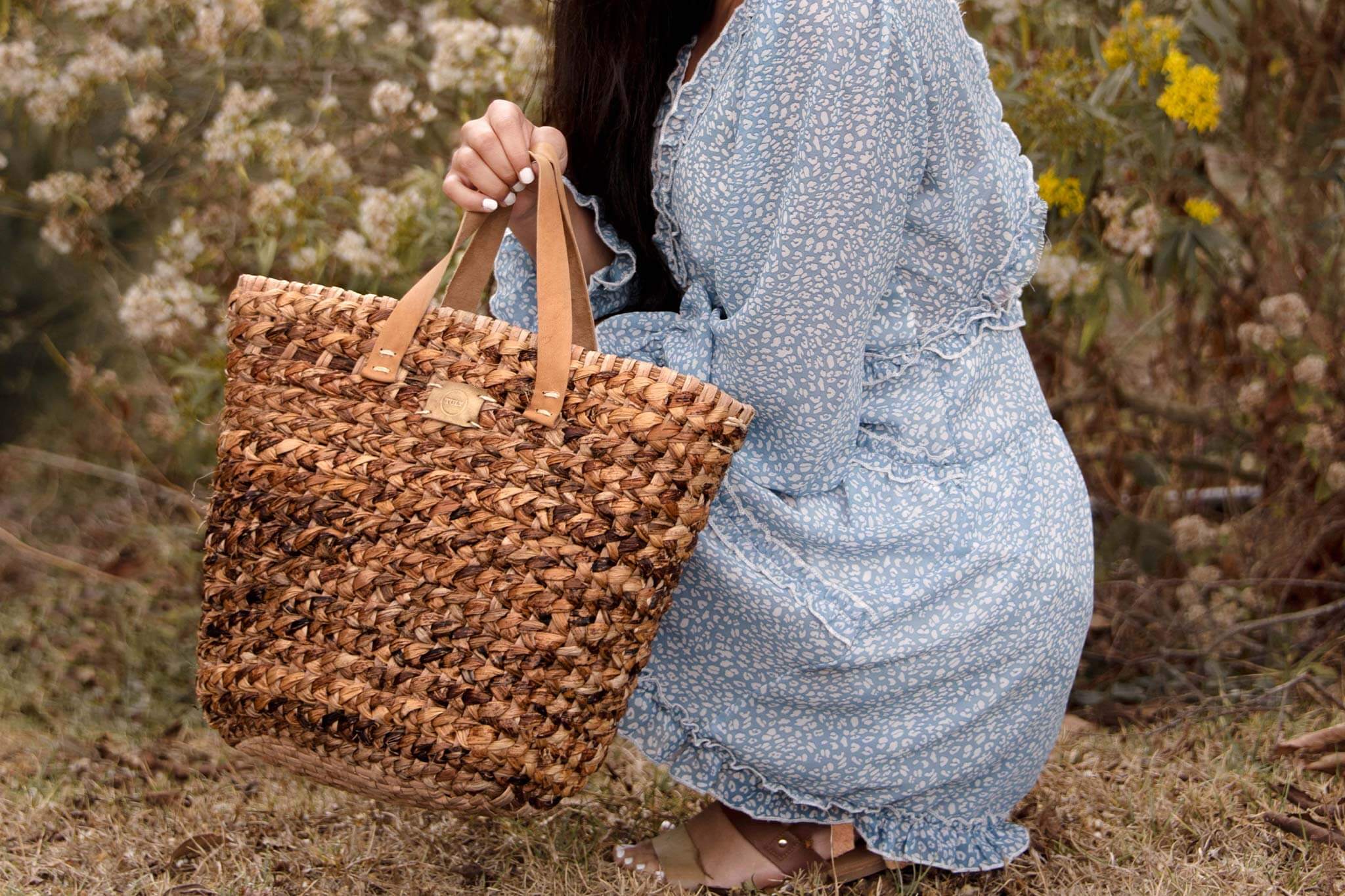Slow fashion becomes a movement
Before the Industrial Revolution, garments were sourced and produced locally. People bought durable clothing that could serve them for a long time, or made their own from available fabrics and resources. The clothing reflected the place and culture of the people who wore it.

The slow fashion of today, asks to recover old customs. First, it asks us to step back and decide if we really need something new, or if we can search our closet for some forgotten piece that might just need a little repair. Prioritize quality over quantity.
Slow fashion has received increasing support in recent years, as consumers demand higher ethical and sustainability standards. 19% of the main searches related to slow fashion are related to the environment, ethics and sustainability. As awareness and popularity rise, the planet and all of its inhabitants are bound to benefit from this slower, more considered approach to fashion.
What can we do as consumers?
Our daily decisions have a direct impact and contribute to transforming the world. When we buy we look at what is behind the label.



